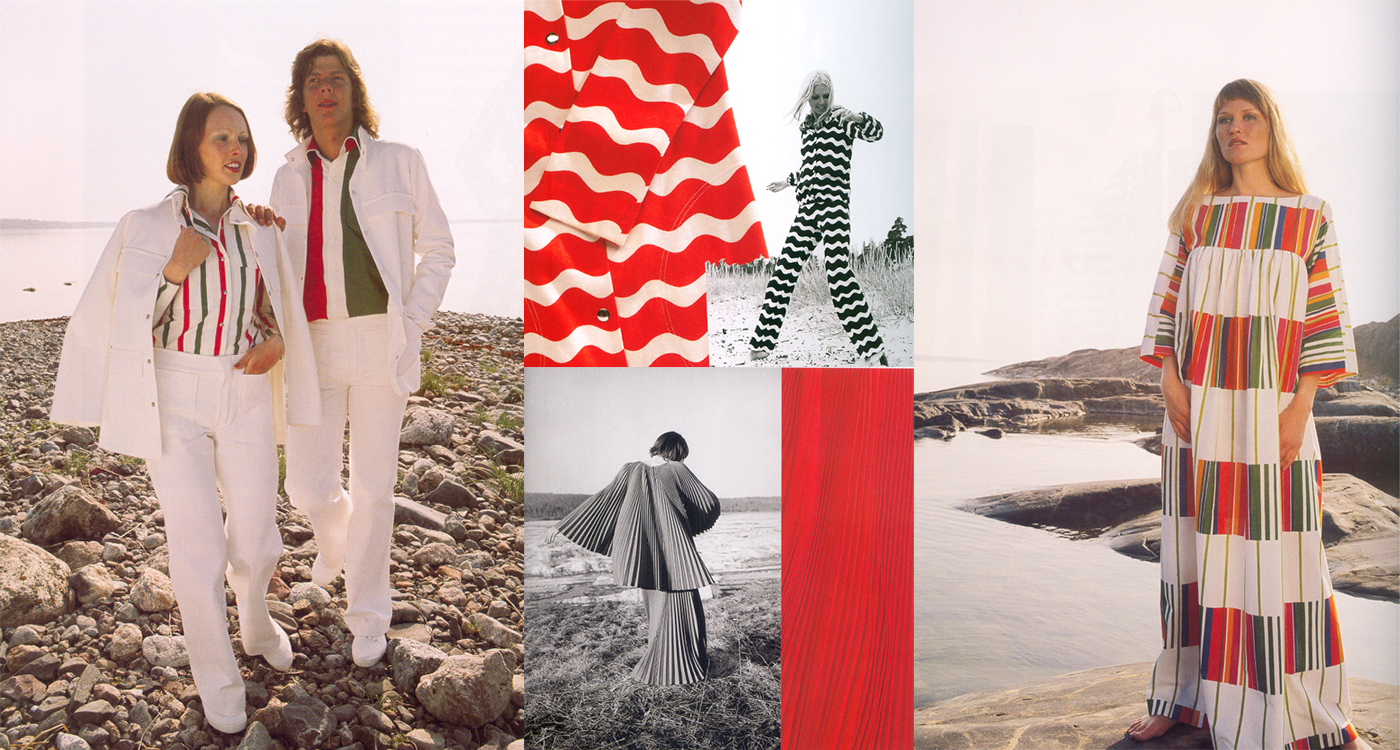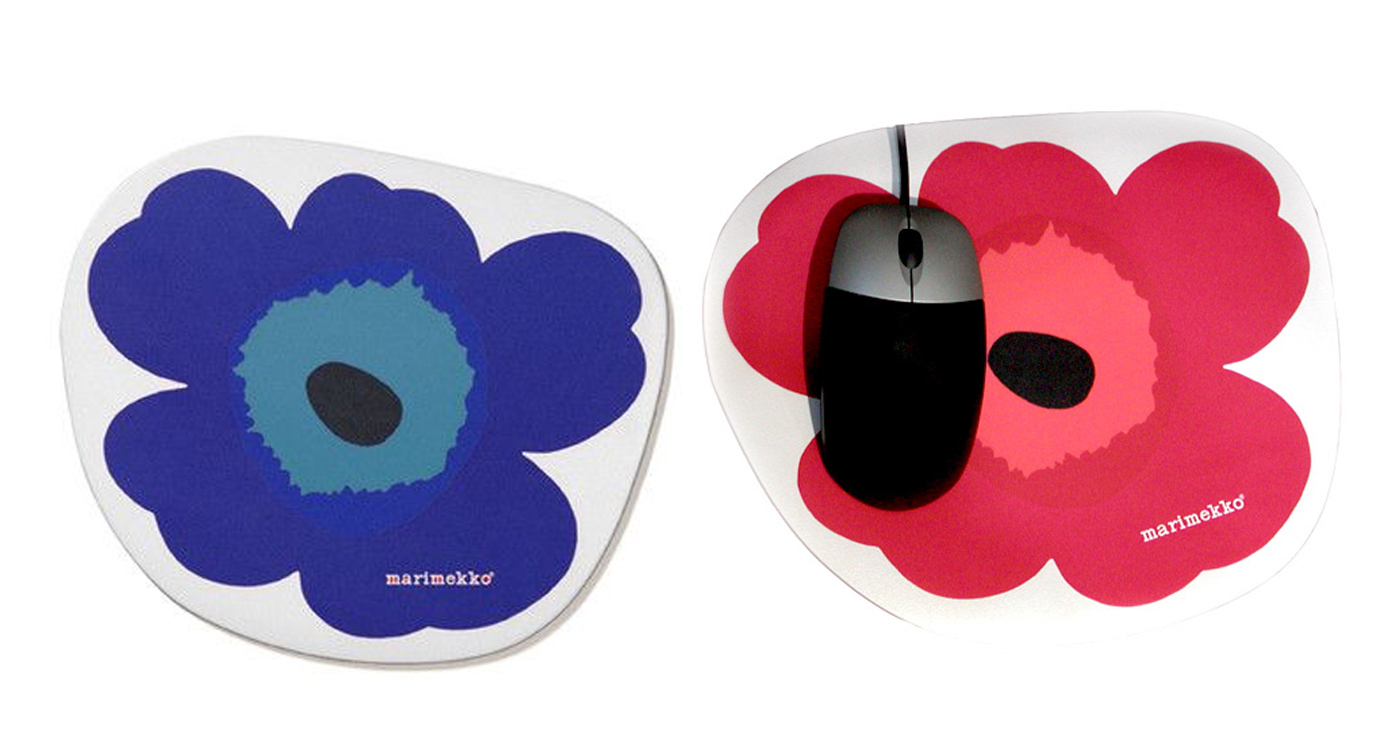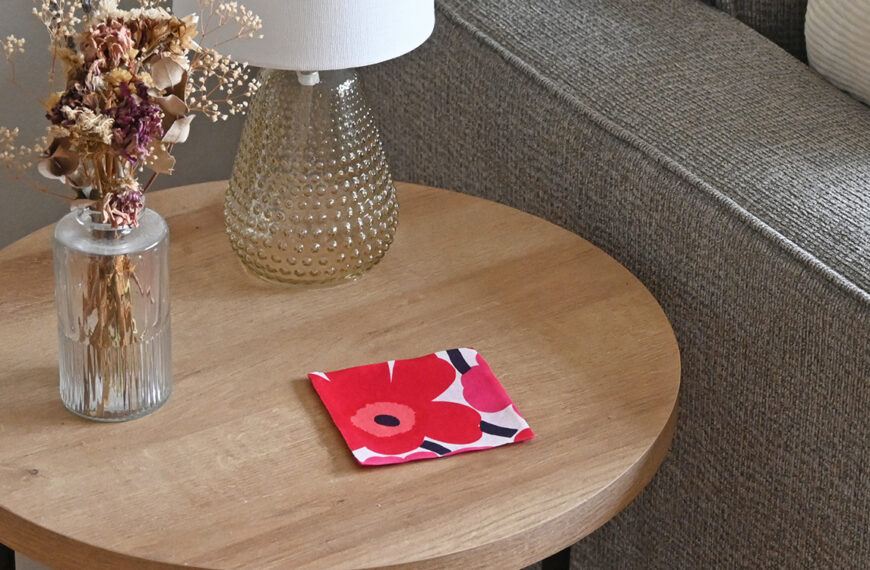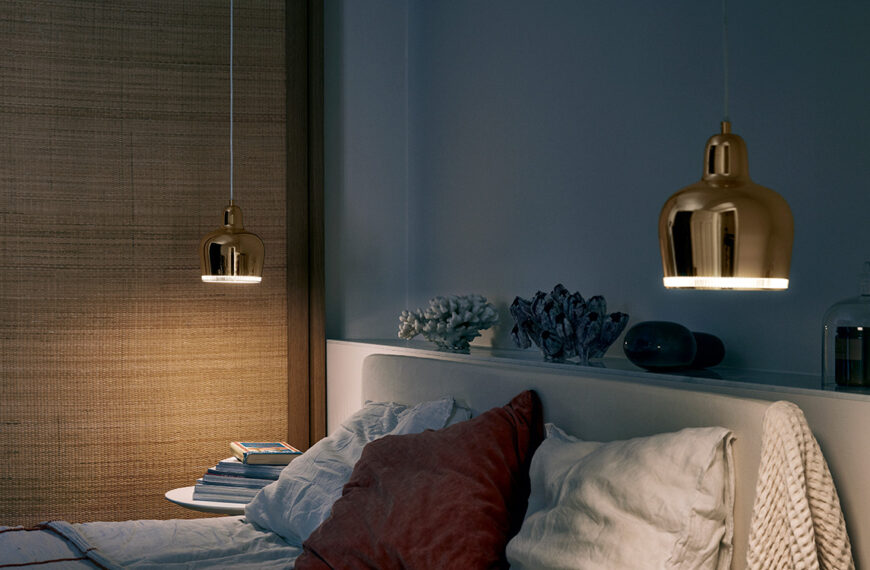When Finland became independent in 1917, it needed to find it’s own identity. This was soon reflected in the new country’s architecture and interior design. Finns’ close relationship with nature played a role in these design decisions beginning in the early 20th century, with natural materials and clean, organic lines. This was a new and modern divergence from ornate and decorative motifs at the time.
In 1930, international modernism was introduced to Scandinavia at the Stockhom Exhibition. Major public buildings were being designed in modern style by Finnish architects like Alvar Aalto. Smaller, yet still essential, objects like glassware and ceramics soon began to follow suit. Iittala was one of the first brands to make the transition from decorative dining objects to more functional forms. This progressive Scandinavian design was pioneered by designers Alvar Aalto, Aino Aalto and Kaj Franck to creative thoughtful, useful items accessible to everyone. By the midcentury, iittala began a new, simple aesthetic of glassware that to this day remains a timeless staple. Alvar Aalto created the famous Savoy vase in 1936 and entered it in the Karhula-Iittala Glass Design Competition, in which it won first place; only three years after the release of his iconic and often copied Stool 60.
Global exhibitions were picking up after the end of WWII, which gave more exposure to Finnish design worldwide. One of the most famous and influential was the Milan Triennales of the 1950s and 1960s. There, now well-known names like Tapio Wirkkala, Timo Sarpaneva, and Kaj Franck, all showed as part of the Finnish Society of Crafts and Design which won multiple prizes.
While Finland has its own distinct style, it shares a similar aesthetic with neighbors Denmark and Sweden. By combining forces to market the look as “Scandinavian Design,” the countries were able to reach a larger, international audience and be feature in many museums worldwide. The United States in particular featured Scandinavian design in 24 museums in the mid-1950’s, where millions saw and fell in love with the clean lines and simple colors.
In the 1970s, synthetic materials such as plastic and fiberglass were combined with new manufacturing technologies. This allowed Finnish designers to experiment more with form and color, and made Finnish design more accessible and cost-effective.
Despite a recession in the 1990s, Finland’s government transformed the contry from a natural-resource based economy to a competitive knowledge-based economy. Now, Finland consistently ranks top not only in design, but in livability, social equality, honesty, and overall happiness.
Today, Finland’s top spot on the international design stage is shown by its honor as the World Design Capital in 2012. It continues to product the same timeless and classic designs, but also serves as a breeding ground for new talent, ideas, and innovations.
More information at Discovering Finland.







